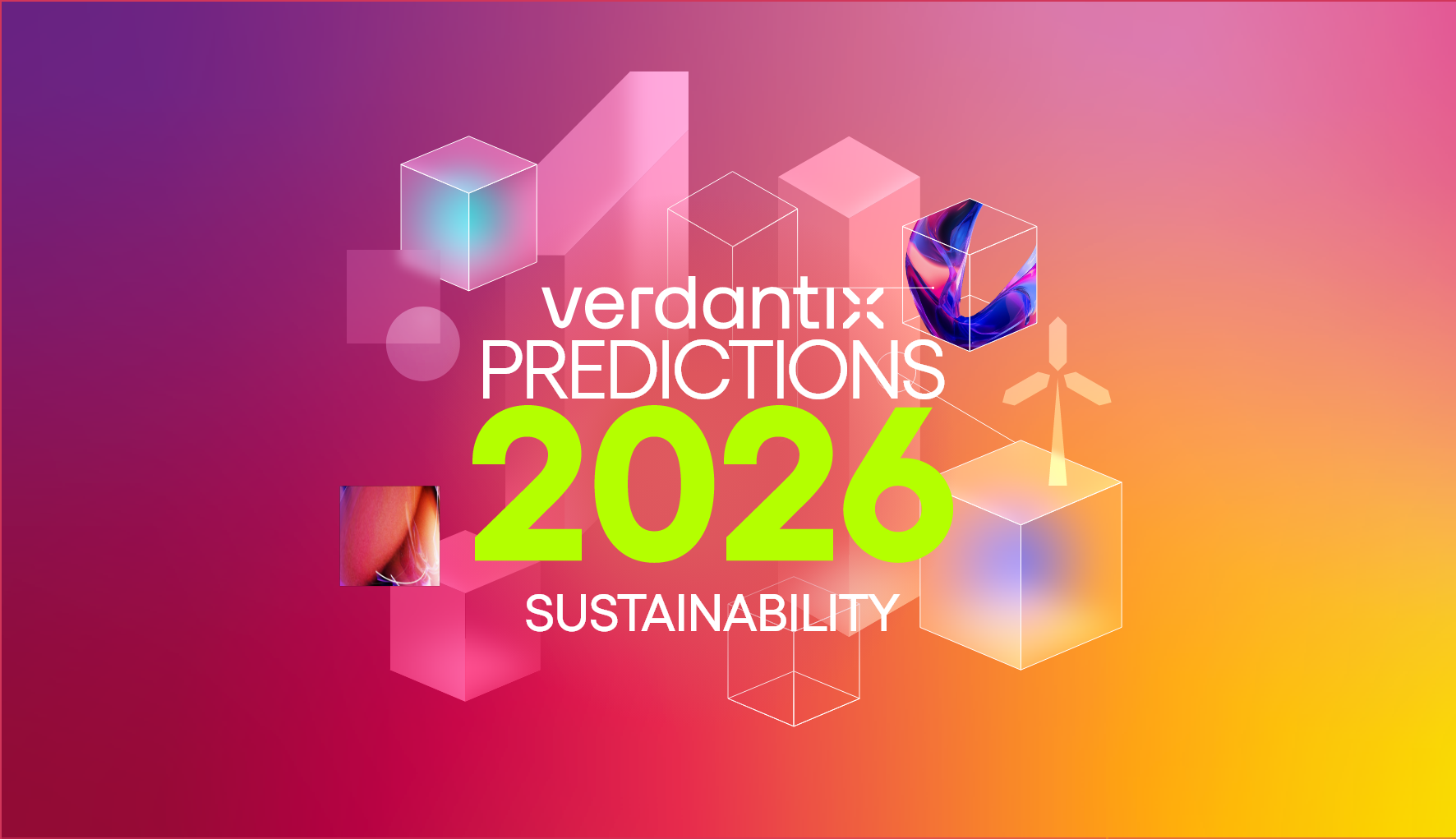Volatile, Uncertain – But Still Sustainable: The New Reality Of Supply Chains
In January 2025, the Global Risks Report from the World Economic Forum highlighted an increasingly divided global landscape. Now, as the IMF anticipates an economic slowdown due to escalating trade tensions between the US and China, firms face rising costs, material shortages and widespread delays across various industries. This growing uncertainty may lead businesses to reconsider their sustainability goals, citing a conflict between ESG commitments and financial performance. Nevertheless, over 50% of firms see sustainability as crucial for addressing supply chain disruptions and for fostering adaptability and resilience throughout the supply chain.
In the US, Donald Trump’s administration has unveiled tariffs on dozens of countries and exposed markets to a trade war with China. With negotiations still ongoing, businesses might struggle to land the investment needed to implement sustainability-aligned processes, such as the disposal of hazardous waste or the implementation of clean energy. However, a protectionist landscape may lead to near-sourcing and diversification of suppliers, to ensure adaptability against sudden political and economic disruptions. Supplier assessment tools, such as those provided by Assent, Avetta, EcoVadis and Sedex, can help firms include ESG considerations in procurement and operations, aligning sustainability commitments with operational resilience. Similarly, predictive analytics tools such as those from Blue Yonder, Elisa IndustrIQ, IBM, Kinaxis and o9 Solutions can help organizations identify alternative routes with lower environmental impact. This can help businesses meet delivery commitments – despite supply chain disruptions – and ensure progress towards environmental goals.
Meanwhile, reputational and operational ESG risks will not fade away. Indeed, over 60% of firms invest in supply chain sustainability to address external pressures from regulators, investors and consumers. Sustainability risk issues, such as deforestation, modern slavery and forced labour, require businesses to improve transparency across suppliers located in low tiers and invest in digital solutions for supplier mapping. For example, Sphera's N-Tier Transparency tool supports supply chain and procurement teams in mapping upstream and midstream suppliers. Other solutions, such as those from Achilles, IntegrityNext and Osapiens, leverage sentiment monitoring technology and climate risk data to deliver real-time risk insights across the supply chain (see Verdantix Green Quadrant: Supply Chain Sustainability Software 2024).
Firms are facing unprecedented environmental risks and political turmoil. This requires them to move their ESG and sustainability strategies beyond compliance – and partner with technology providers that support the integration of ESG factors into strategic decision-making. Businesses will have to adapt to a new reality, balancing adaptability, reliability and sustainability across the supply chain.
To learn more about market trends, best practices and solutions for supply chain sustainability, see Verdantix Global Corporate Survey 2025: Supply Chain Sustainability Analysis, Verdantix Best Practices: Improving ESG Performance In The Supply Chain and Verdantix Green Quadrant: Supply Chain Sustainability Software 2024.
About The Author

Elisa Molero
Senior Analyst





